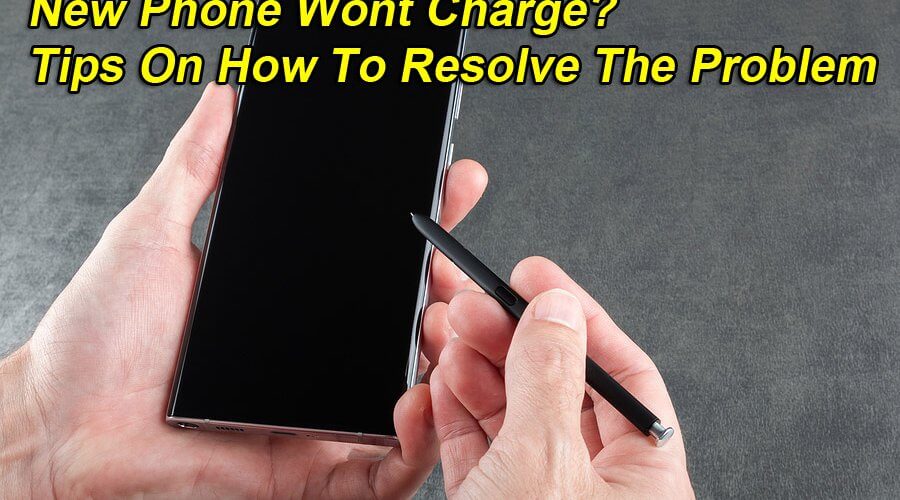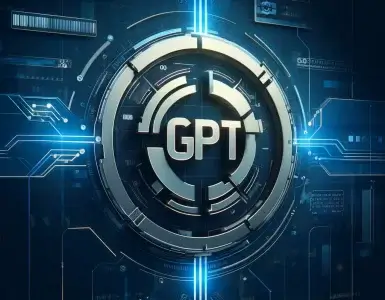
Upgrading your smartphone by purchasing clearance models can be an excellent way to save money, often allowing you to get a nearly new phone for a fraction of the cost. However, this budget-friendly strategy isn’t without its pitfalls. One common issue is receiving a device with a completely discharged battery. Here’s how one savvy consumer resolved this problem and how you can too.
The Problem: A Phone That Won’t Charge
Recently, a new Samsung Galaxy S22 arrived with what appeared to be a dead battery. Despite hours on a USB charger, the phone displayed the charging symbol but remained stuck at zero. Multiple online tips, including a soft reset (holding the volume down and power keys simultaneously for 15 seconds), failed to resolve the issue.
Understanding Battery Discharge
Lithium-ion batteries, like those in most modern smartphones, can enter a state of “deep discharge” if completely drained. In this state, standard charging methods may not work effectively, as the battery requires a slower, more controlled recharging process to safely recover. While some people might replace the battery in such situations, this isn’t the only solution.
A Simple Solution: Wireless Charging
Most smartphones from the past decade are equipped with wireless charging capabilities, even if this feature isn’t often utilised. Wireless chargers provide a lower power transfer rate, which can gently revive a deeply discharged battery.
In this case, the user didn’t have a dedicated wireless charger at home and attempted to use a smartwatch charger, but to no avail. Ultimately, they ordered a $35 wireless charger online with same-day delivery. Initially, the symptoms persisted—no visible progress for 10 minutes. However, patience paid off. Suddenly, the phone’s screen transitioned from displaying the empty battery symbol to 2% charge.
Once the phone reached 15% via wireless charging, switching back to USB charging worked seamlessly, allowing the phone to fully charge.
Minimising Battery Damage
Deep discharge can potentially harm a lithium-ion battery. While this case showed no signs of abnormal discharge or reduced performance, it’s worth monitoring battery health after such incidents. For peace of mind, you can use diagnostic tools or apps to track battery performance.
Practical Advice
If you find yourself with a phone that refuses to charge via USB, consider the following steps:
- Try a Soft Reset: Hold the volume down and power keys together for 15 seconds.
- Use Wireless Charging: Invest in an affordable wireless charger if you don’t already have one. This method is particularly effective for deeply discharged batteries.
- Monitor Your Battery: After reviving the phone, keep an eye on battery health to ensure long-term reliability.
By employing these simple troubleshooting techniques, you can save time, money, and the frustration of dealing with an unresponsive device. When buying clearance phones, this knowledge can be a lifesaver, turning a potential headache into a minor inconvenience.





Add comment